Small mammals like hamsters, guinea pigs, and gerbils make wonderful pets, but maintaining their living spaces can sometimes feel like a balancing act. Clean too frequently, and you’ll stress your pet by disrupting their scent markings and habitat. Clean too rarely, and you’ll face unpleasant odors and potential health issues. Finding the sweet spot between freshness and maintaining your pet’s sense of security is essential for their wellbeing. This guide will walk you through practical strategies to keep your small mammal’s cage fresh without the need for disruptive daily cleanings, creating a healthier environment for both you and your furry friend.
Understanding Your Pet’s Natural Behaviors

Small mammals have evolved specific behaviors around their living spaces that directly impact cage cleanliness. Many species, like hamsters and mice, create designated bathroom areas that can be spot-cleaned rather than requiring full cage overhauls. Others, such as gerbils, naturally prefer dry environments and produce less odor than species that have damper habitats. Understanding these natural tendencies allows you to work with your pet’s instincts rather than against them. By observing where your pet prefers to sleep, eat, and eliminate, you can develop a targeted cleaning routine that respects their territorial behaviors while maintaining cleanliness.
Choosing the Right Bedding Material
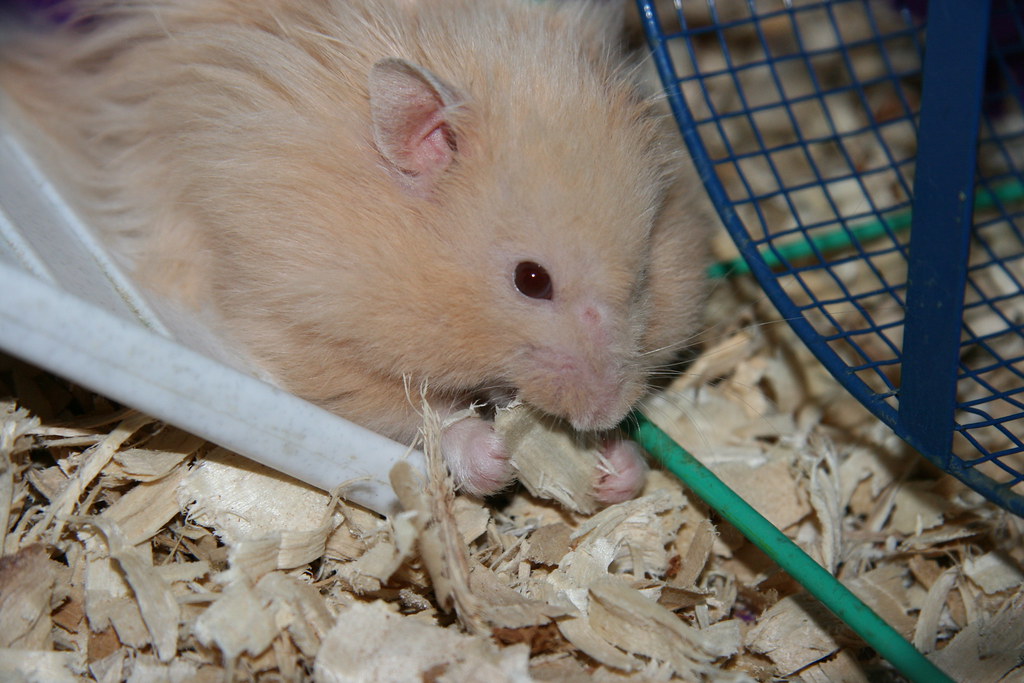
The foundation of a fresh cage starts with selecting appropriate bedding that balances absorption and odor control. Paper-based beddings like Carefresh offer excellent absorption and minimal dust, making them ideal for sensitive pets. Hemp and aspen shavings provide natural odor control properties that can extend the time between deep cleanings. Avoid pine and cedar shavings despite their pleasant scent, as they contain phenols that can damage your pet’s respiratory system over time. The depth of bedding also matters—providing at least 2-3 inches allows for better absorption and gives burrowing animals the opportunity to create tunnels and nests, which contributes to their psychological wellbeing.
Strategic Cage Design for Easy Maintenance
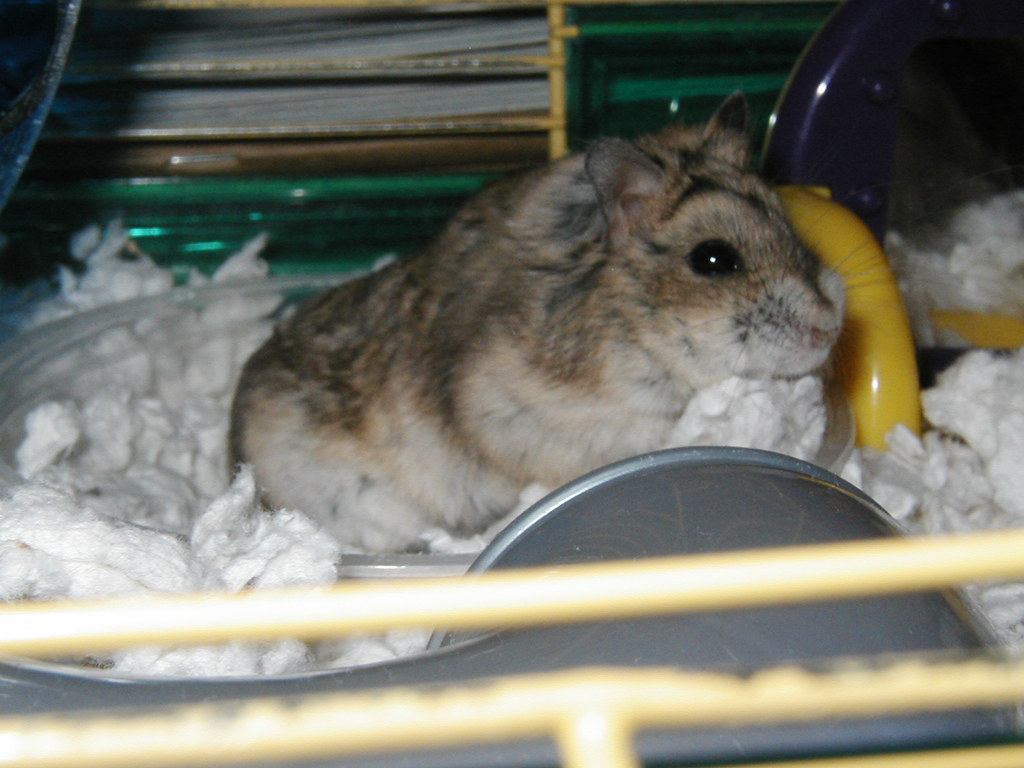
A thoughtfully designed habitat can dramatically reduce cleaning frequency while improving freshness. Consider multi-level cages where the bottom level can function as a designated bathroom area with highly absorbent bedding that can be spot-cleaned daily. Place food and water stations on platforms or in areas away from bedding to prevent contamination from spills. Removable trays make spot cleaning much simpler, allowing you to address problem areas without disrupting the entire habitat. Plastic or ceramic hideouts and toys are easier to wipe down than wooden accessories, which can absorb odors over time and require replacement more frequently.
Establishing a Spot-Cleaning Routine

Daily spot cleaning forms the backbone of a fresh cage maintenance strategy without the stress of complete habitat overhauls. Using a small scoop or tongs, remove visibly soiled bedding, focusing on bathroom corners, under water bottles, and around food dishes where waste tends to accumulate. Replace only what you’ve removed with fresh bedding rather than disturbing the entire substrate. Wipe down any wet surfaces on plastic components with pet-safe disinfectant wipes, being careful to avoid areas where your pet has placed scent markings. This targeted approach maintains cleanliness while respecting your pet’s territorial boundaries and reducing their stress levels.
Implementing a Layered Bedding System
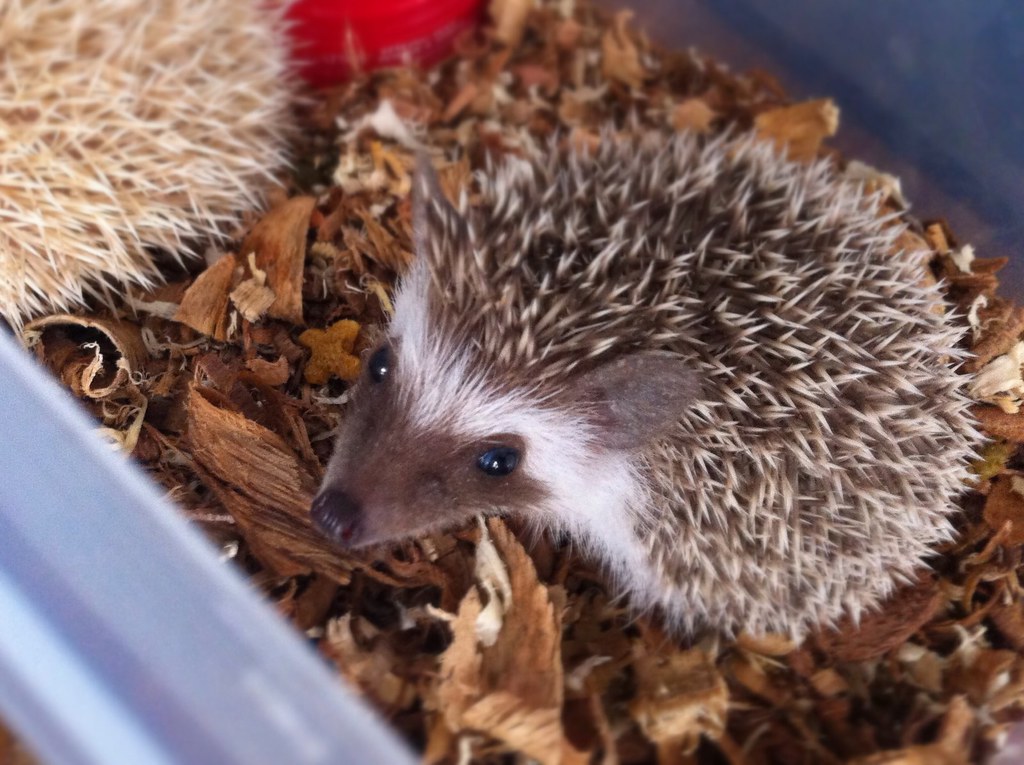
A layered bedding approach can extend freshness significantly while reducing your workload. Start with a base layer of highly absorbent material like compressed paper pellets or specialized pet litter that traps odors and moisture. Add a middle layer of regular bedding material, followed by a top layer of nesting material like paper strips or hay that can be easily refreshed. When spot cleaning, you’ll typically only need to replace portions of the top layer while the absorbent base continues working. This system creates a natural filtration effect where moisture and odors are drawn downward, away from your pet’s main living area, keeping the surface noticeably fresher for longer periods.
Using Natural Odor Eliminators
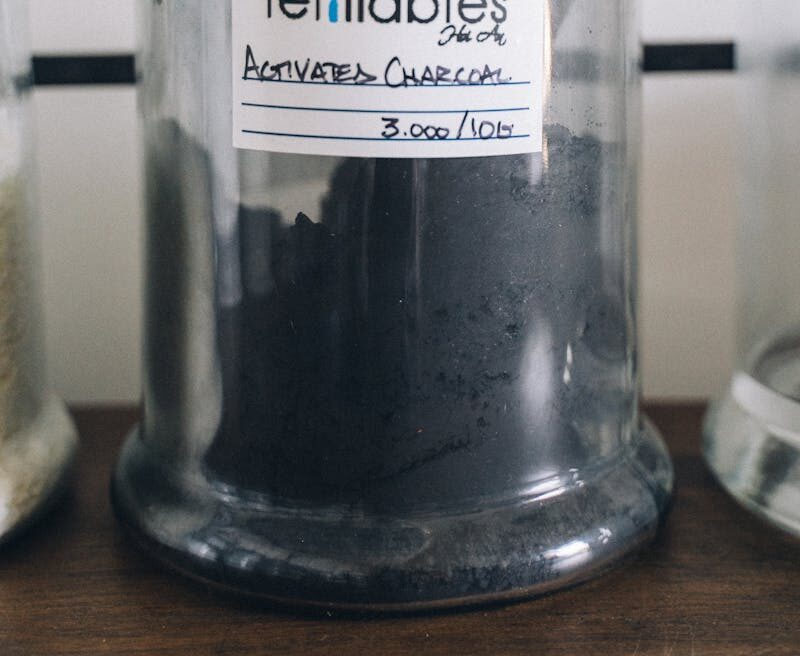
Natural deodorizers can extend the freshness of your pet’s habitat without introducing harmful chemicals. Baking soda sprinkled lightly at the bottom of the cage (beneath the bedding, not in direct contact with your pet) helps neutralize acidic odors from urine. A small container of activated charcoal placed near but out of reach of the cage can absorb ambient odors without affecting your pet. Some pet owners have success with adding a small amount of dried herbs like lavender or mint to bedding, though introduce these gradually to ensure your pet doesn’t have a negative reaction. Remember that strong scents that seem pleasant to humans can be overwhelming to small mammals with sensitive noses, so moderation is key.
Creating a Bathroom Zone
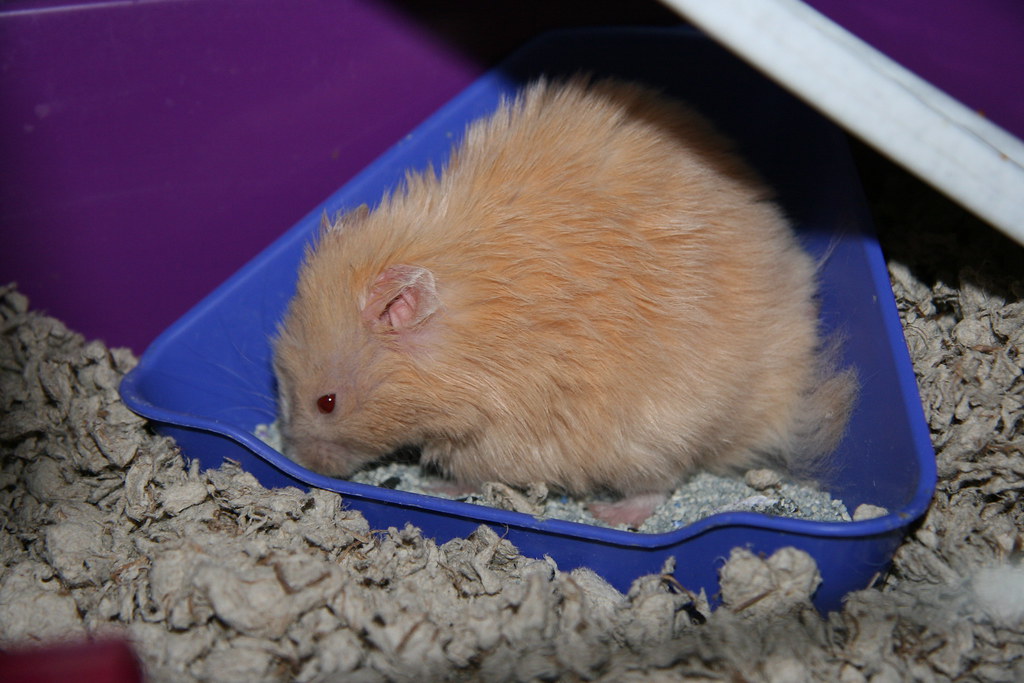
Many small mammals can be encouraged to use a specific area for their bathroom needs, significantly reducing overall cage odor. Observe where your pet naturally eliminates and place a small container filled with different bedding material (like a paper-based litter) in that location. Some species, particularly Syrian hamsters and guinea pigs, can be remarkably consistent in their bathroom habits once they establish a routine. Clean this designated area daily while leaving the rest of the cage relatively undisturbed. For added effectiveness, place this zone in an easily accessible corner of the cage that allows for quick spot cleaning without disrupting your pet’s nest or food areas.
The Role of Proper Ventilation
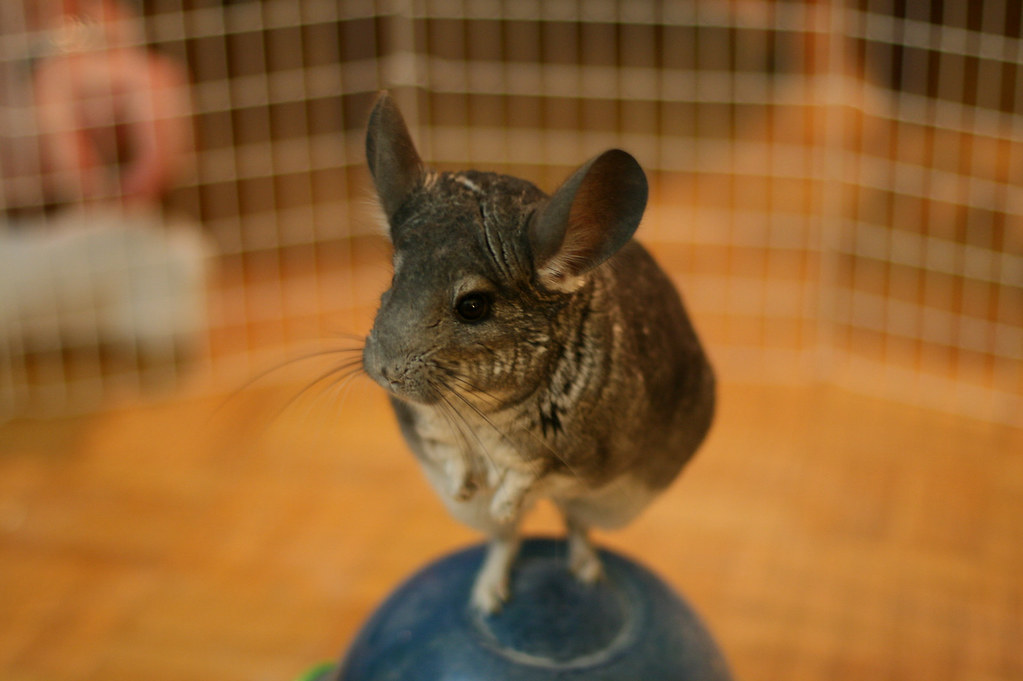
Adequate airflow plays a crucial but often overlooked role in maintaining cage freshness. Place your pet’s habitat in a well-ventilated area away from direct sunlight, heaters, or air conditioning vents that could create temperature fluctuations. Cages with wire tops or sides allow for vertical air movement that helps evaporate moisture and disperse odors. However, be cautious of drafts which can cause respiratory issues in small mammals. For glass terrariums or aquariums repurposed as habitats, consider a mesh top and ensure the room has good air circulation. Proper ventilation not only reduces odors but also helps prevent harmful ammonia buildup from urine, which can damage your pet’s sensitive respiratory system.
Scheduling Partial Cage Cleanings

Rather than disrupting your pet’s entire environment with weekly deep cleans, implement a rotation system that refreshes different sections at staggered intervals. Divide the cage mentally into quarters, and replace the bedding in one section every 3-4 days while leaving the rest intact. This maintains some familiar scenting throughout the habitat while gradually refreshing the entire space over time. When performing these partial changes, transfer a small amount of clean but used bedding from your pet’s nest or favorite areas to the newly cleaned section to maintain scent continuity. This approach is particularly beneficial for nervous species like hamsters and mice that rely heavily on familiar scents for their sense of security.
Managing Deep Cleaning Sessions Effectively
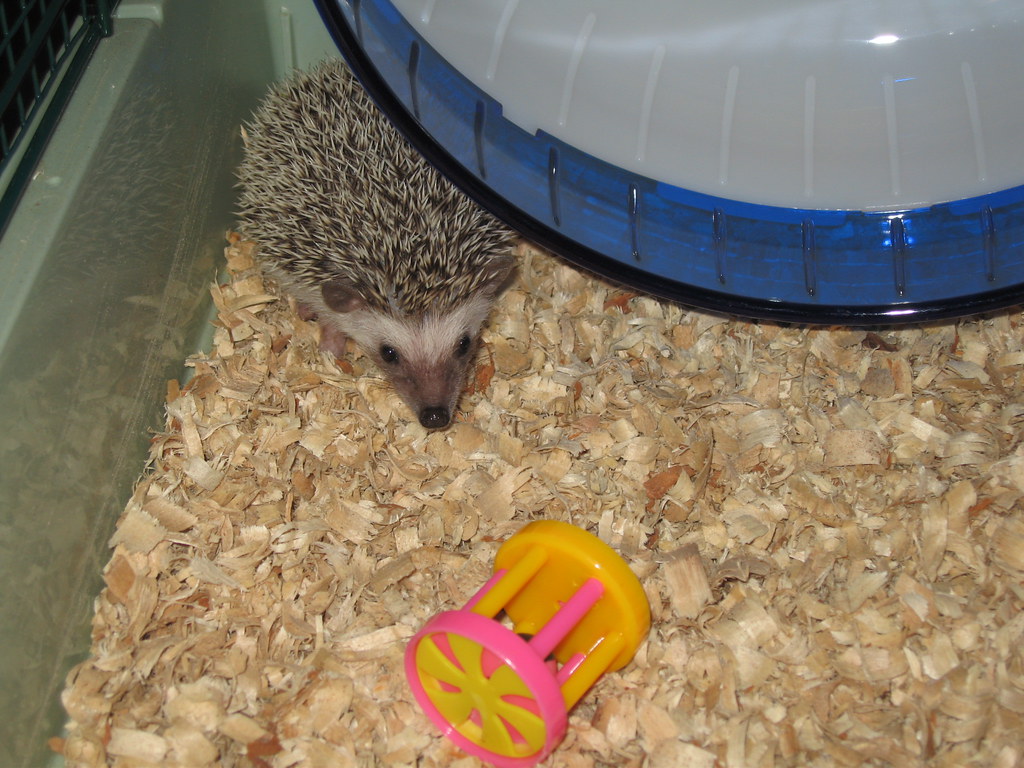
While reduced in frequency, deep cleanings remain necessary and should be approached strategically to minimize stress. Before completely cleaning the cage, save a handful of clean but used bedding from your pet’s nest to reintroduce familiar scents to the cleaned habitat. When disinfecting cage components, use pet-safe products without strong fragrances and rinse thoroughly to remove any chemical residues that could irritate your pet. Allow plastic and metal components to dry completely before reassembly, as dampness can accelerate bacterial growth and odor development. During the cleaning process, place your pet in a secure temporary habitat with some familiar toys and bedding to reduce stress during the transition.
Addressing Ammonia Build-up Concerns
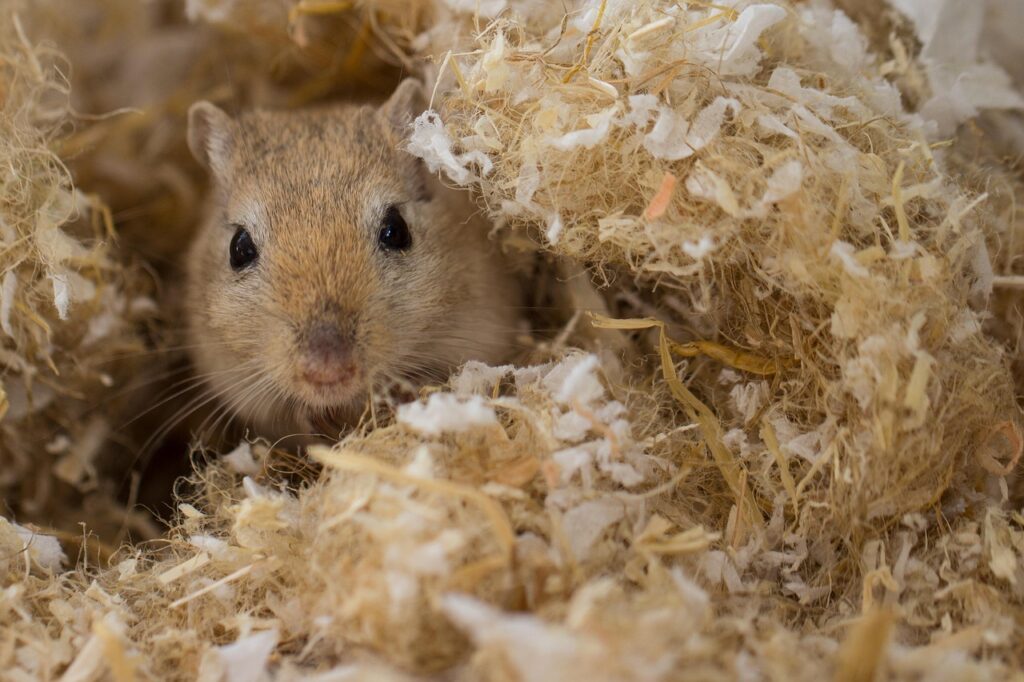
Ammonia from urine represents one of the biggest health hazards in small mammal habitats, potentially causing respiratory irritation long before humans can detect the odor. Implement a “sniff test” by lowering your nose to cage level (where your pet spends most of their time) rather than just smelling from above. If you detect even a faint ammonia scent, immediate attention is required regardless of your regular cleaning schedule. Increase the depth of absorbent bedding in problem areas and consider using specialized pet bedding additives that specifically neutralize ammonia. Remember that small mammals have much more sensitive respiratory systems than humans, so what seems like a mild odor to you could already be causing discomfort for your pet.
Customizing Cleaning Frequency by Species
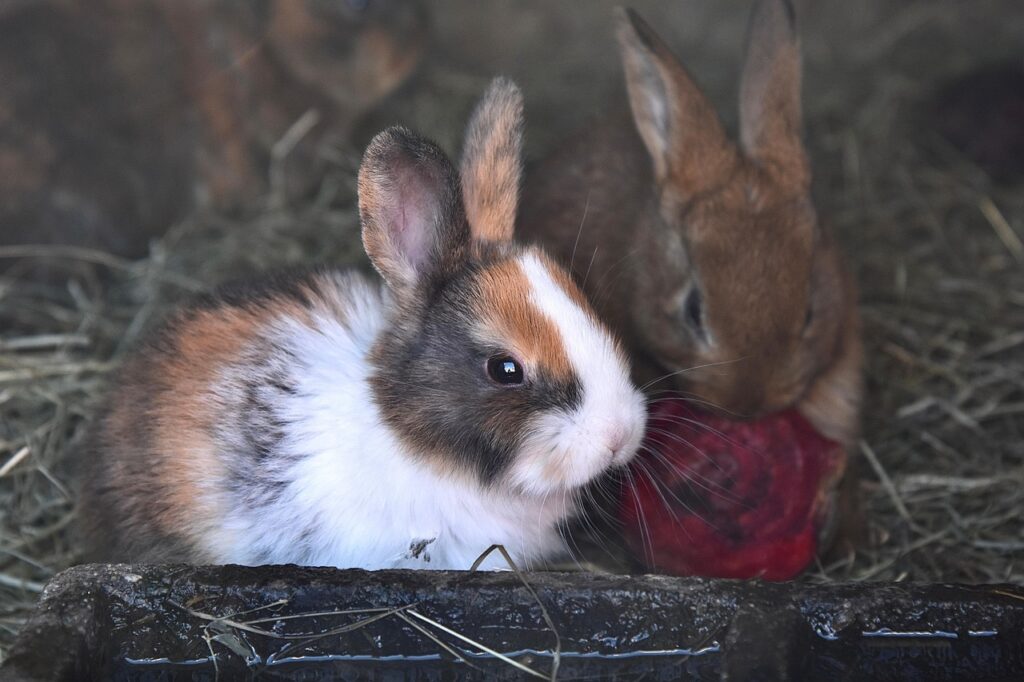
Each small mammal species has unique requirements that should guide your cleaning approach. Hamsters, being naturally clean and producing minimal odor, may only need full cage cleanings every 2-3 weeks with regular spot cleaning. Guinea pigs and rabbits, which produce more waste and moisture, typically require weekly bedding changes in their bathroom areas while other sections can go longer. Gerbils create elaborate tunnel systems that should be preserved when possible, making them good candidates for the quadrant cleaning approach. Mice have stronger-smelling urine but can be particularly stressed by frequent habitat changes, requiring careful balance between cleanliness and stability. By tailoring your approach to your specific pet’s needs, you’ll create the optimal environment for both freshness and well-being.
Monitoring Your Pet’s Response to Your Cleaning Routine
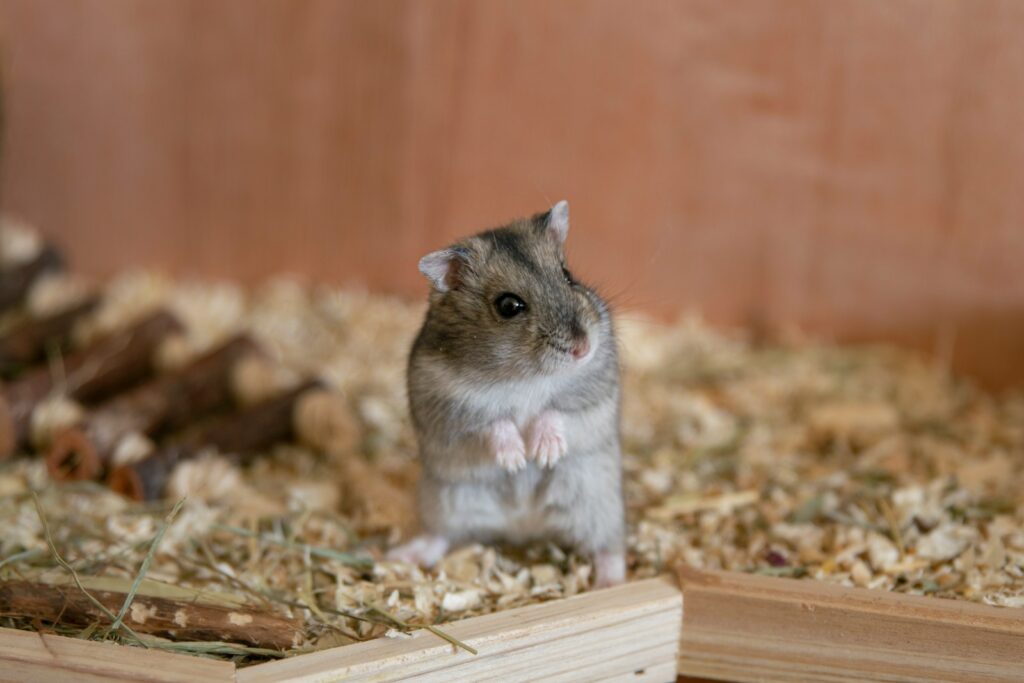
Your pet’s behavior provides valuable feedback about whether your cleaning balance is appropriate. Excessive cage digging, bar chewing, or unusual aggression following cleaning may indicate that you’re disrupting their environment too frequently or thoroughly. Conversely, increased scratching, excessive grooming, or respiratory symptoms like sneezing might suggest that more frequent cleaning is needed. Watch for changes in eating, drinking, or activity levels that might correlate with your cleaning schedule. A content small mammal will display normal species-specific behaviors like nest building, exploration, and regular exercise patterns, indicating that your maintenance routine is providing the right balance between freshness and stability.
Conclusion: Finding Your Perfect Balance
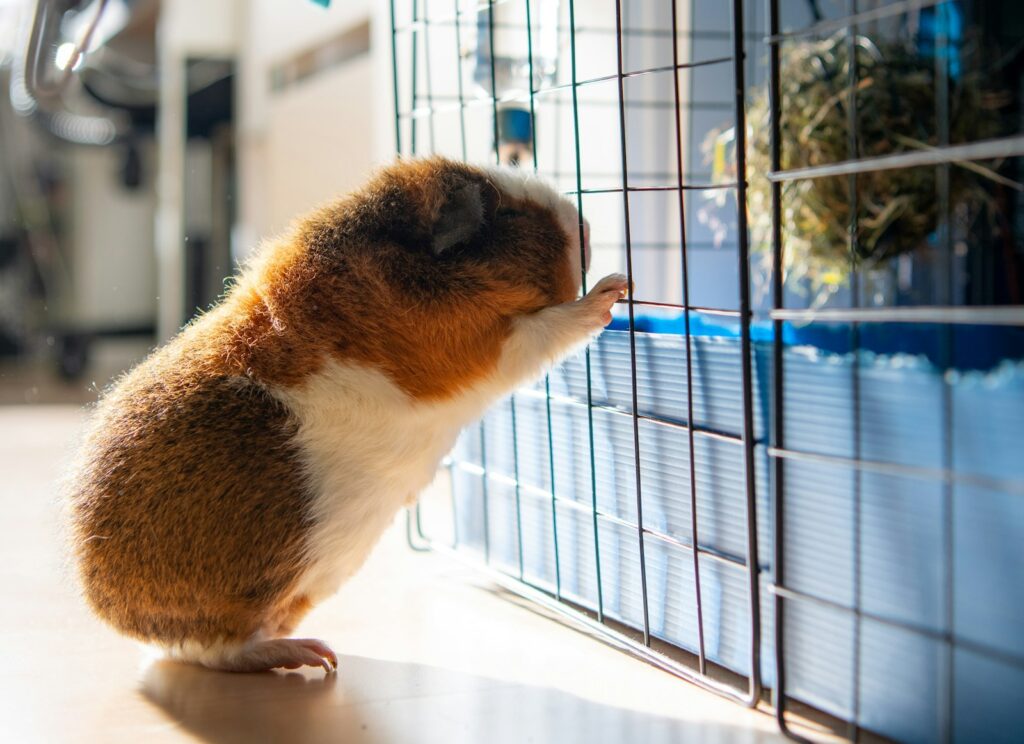
Maintaining a fresh small mammal cage without over-cleaning is ultimately about finding the right equilibrium for your specific pet. By implementing strategic spot cleaning, using appropriate bedding materials, and respecting your pet’s natural behaviors, you can create a habitat that remains fresh without the stress of frequent total cleanings. Remember that each animal is an individual—what works perfectly for one hamster or guinea pig might need adjustment for another. By observing your pet closely and responding to their cues, you’ll develop a personalized maintenance routine that keeps their environment clean and comfortable while preserving the scent markers and territorial arrangements that contribute to their sense of security. This thoughtful approach not only results in a more pleasant habitat for both pet and owner but also strengthens the bond between you as you learn to understand and respect your small companion’s needs.

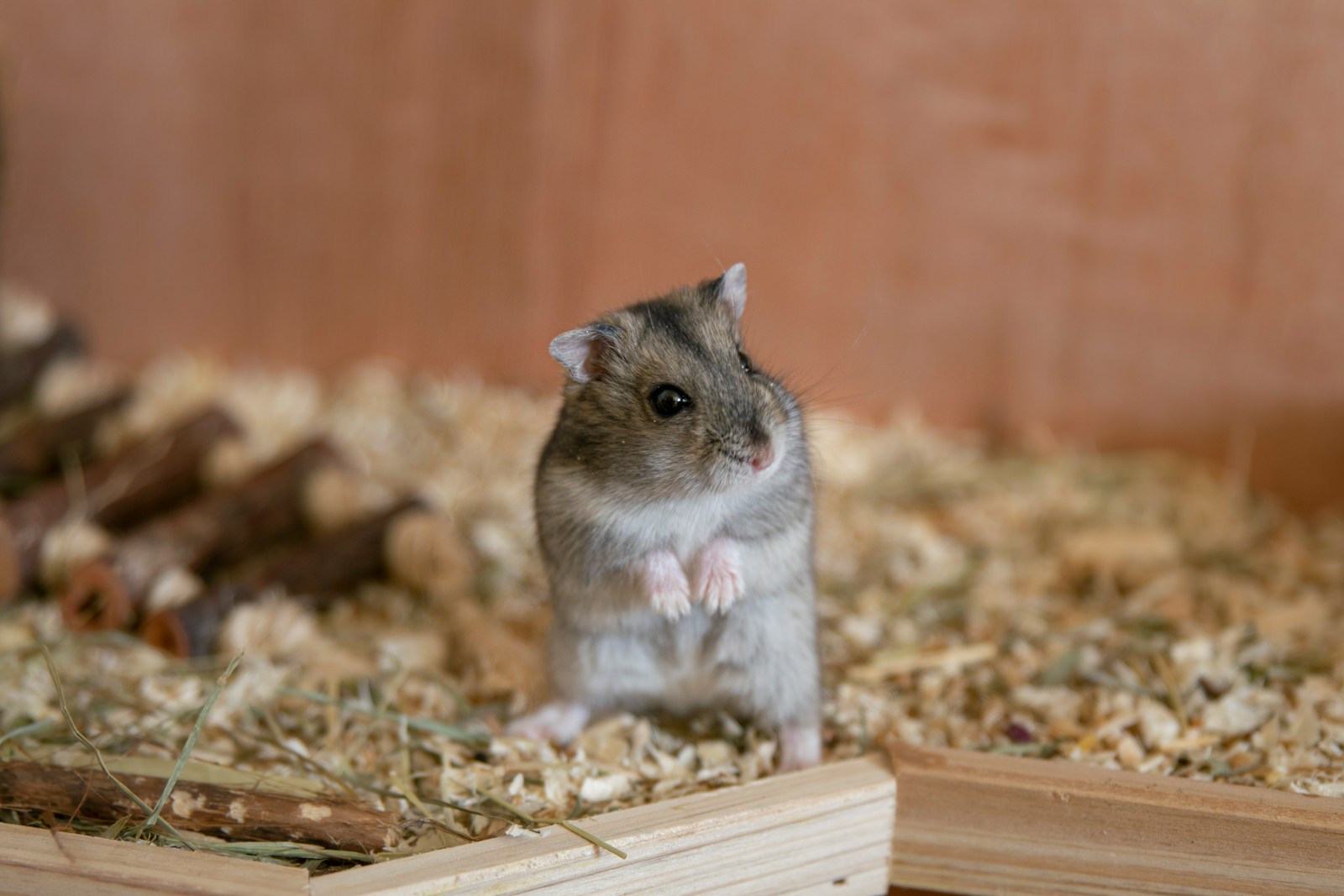
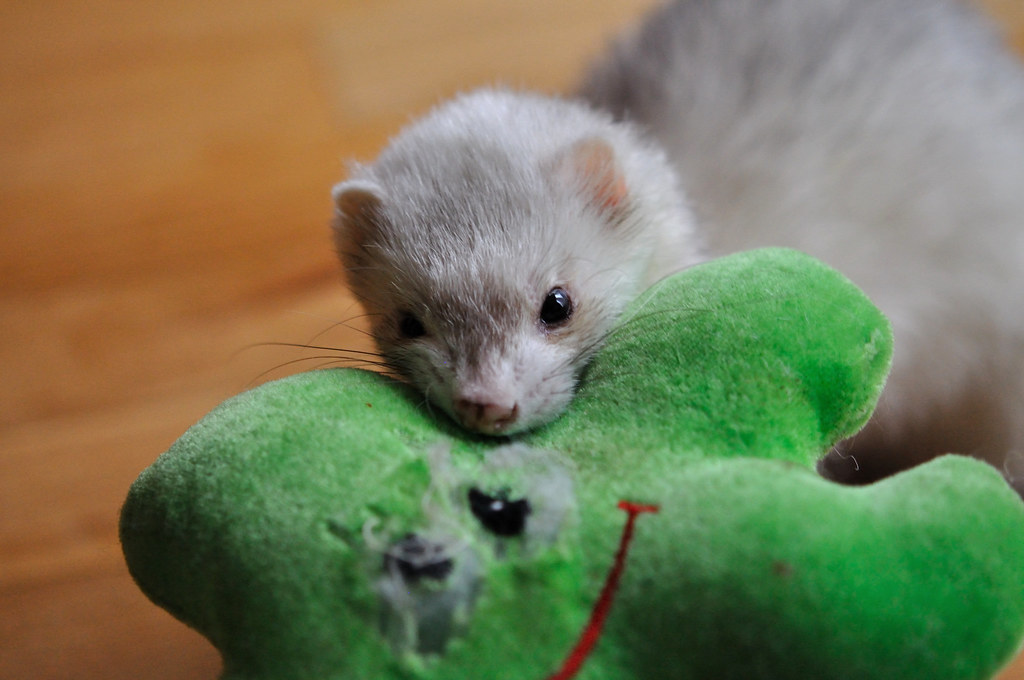
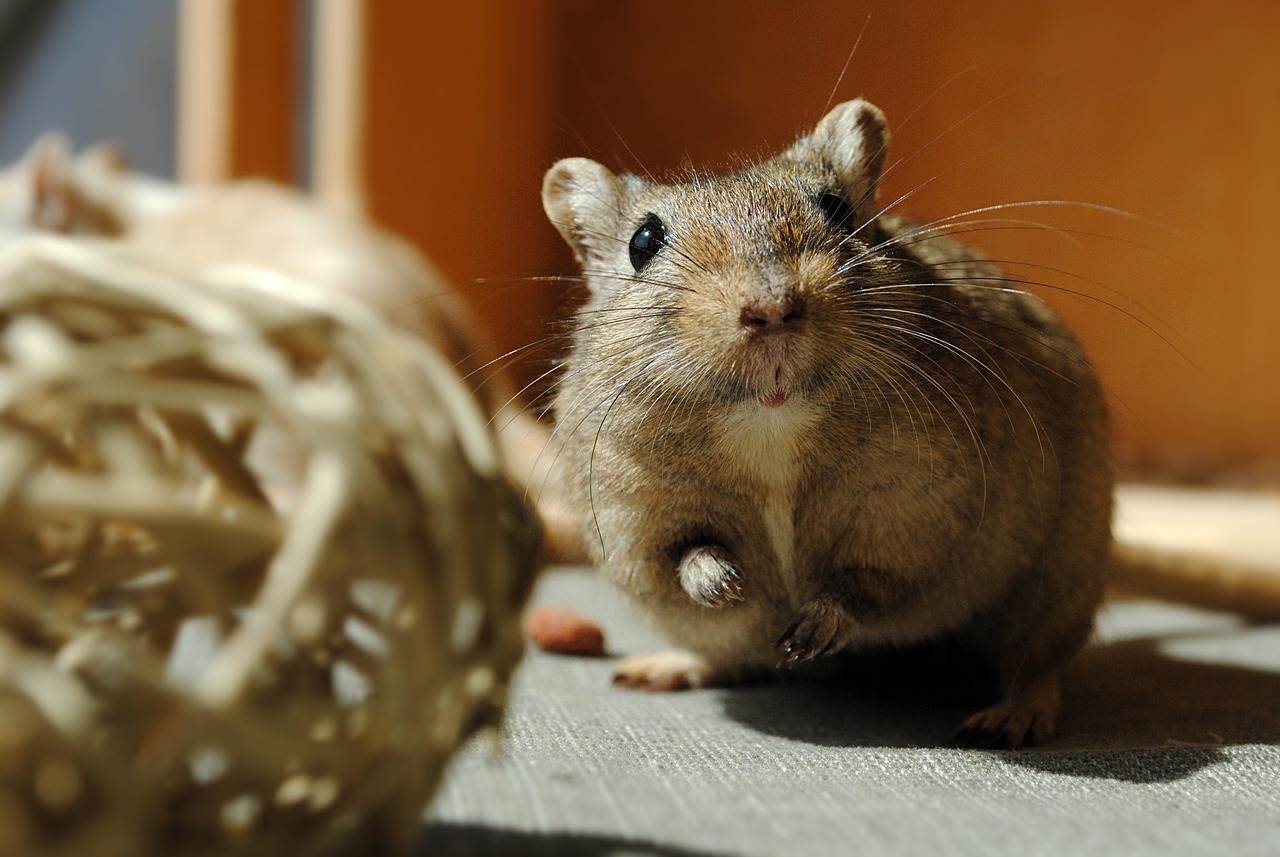
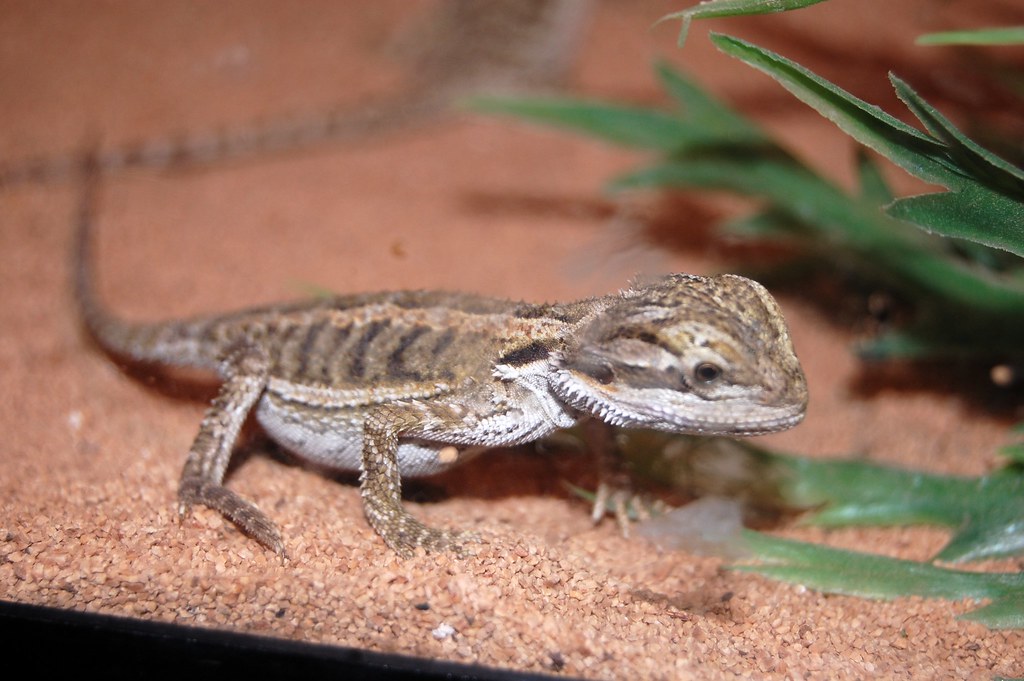
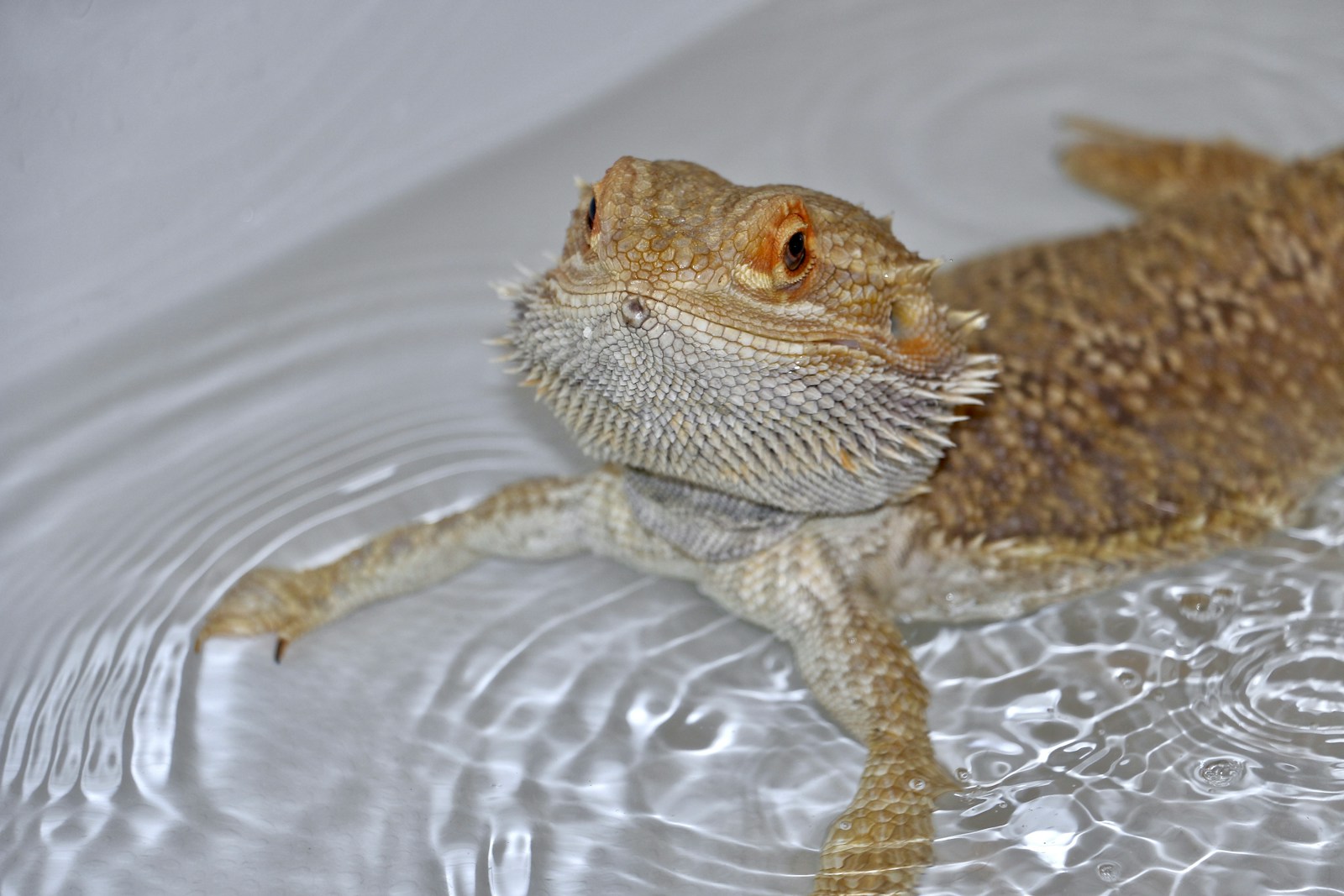
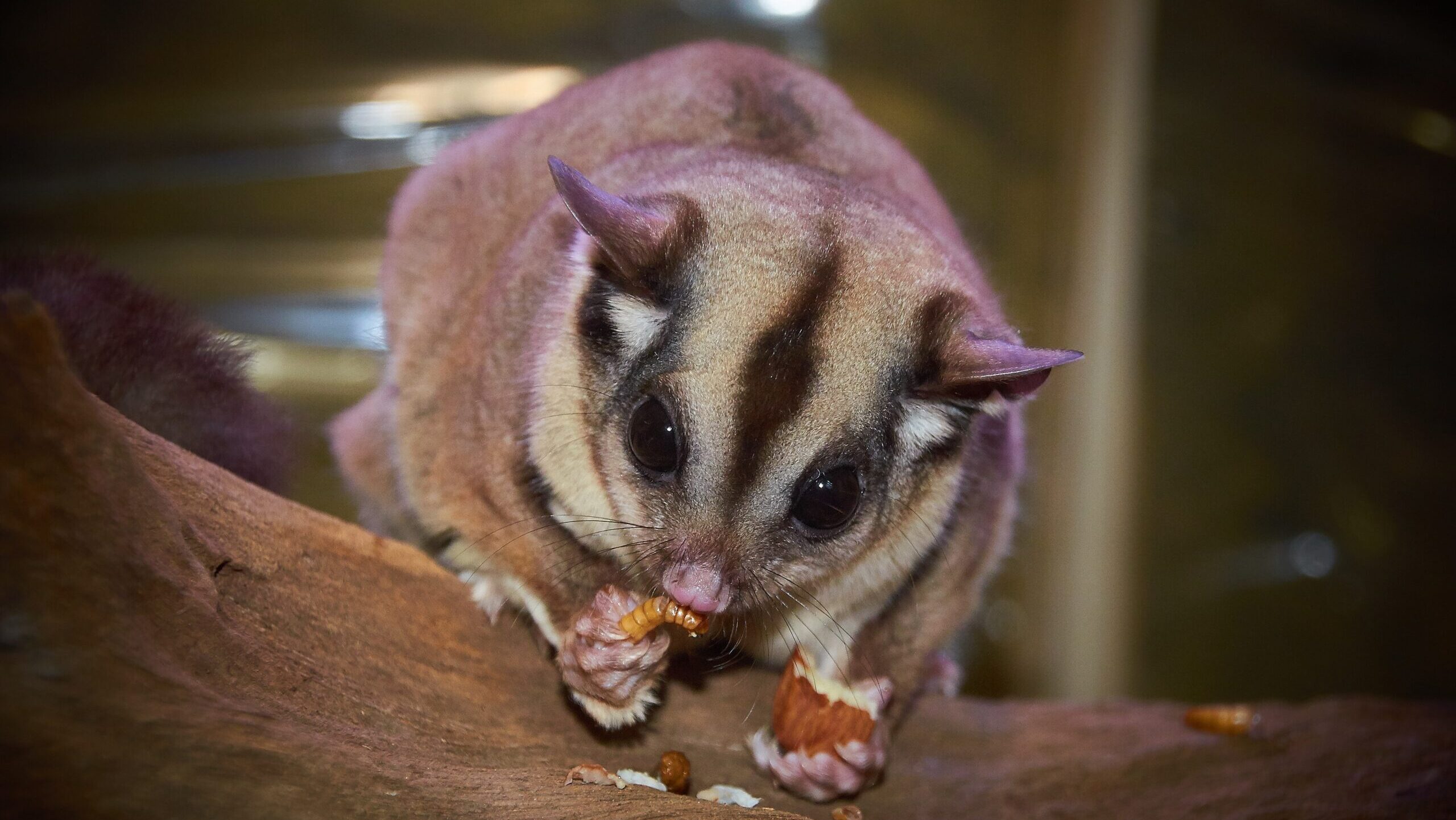
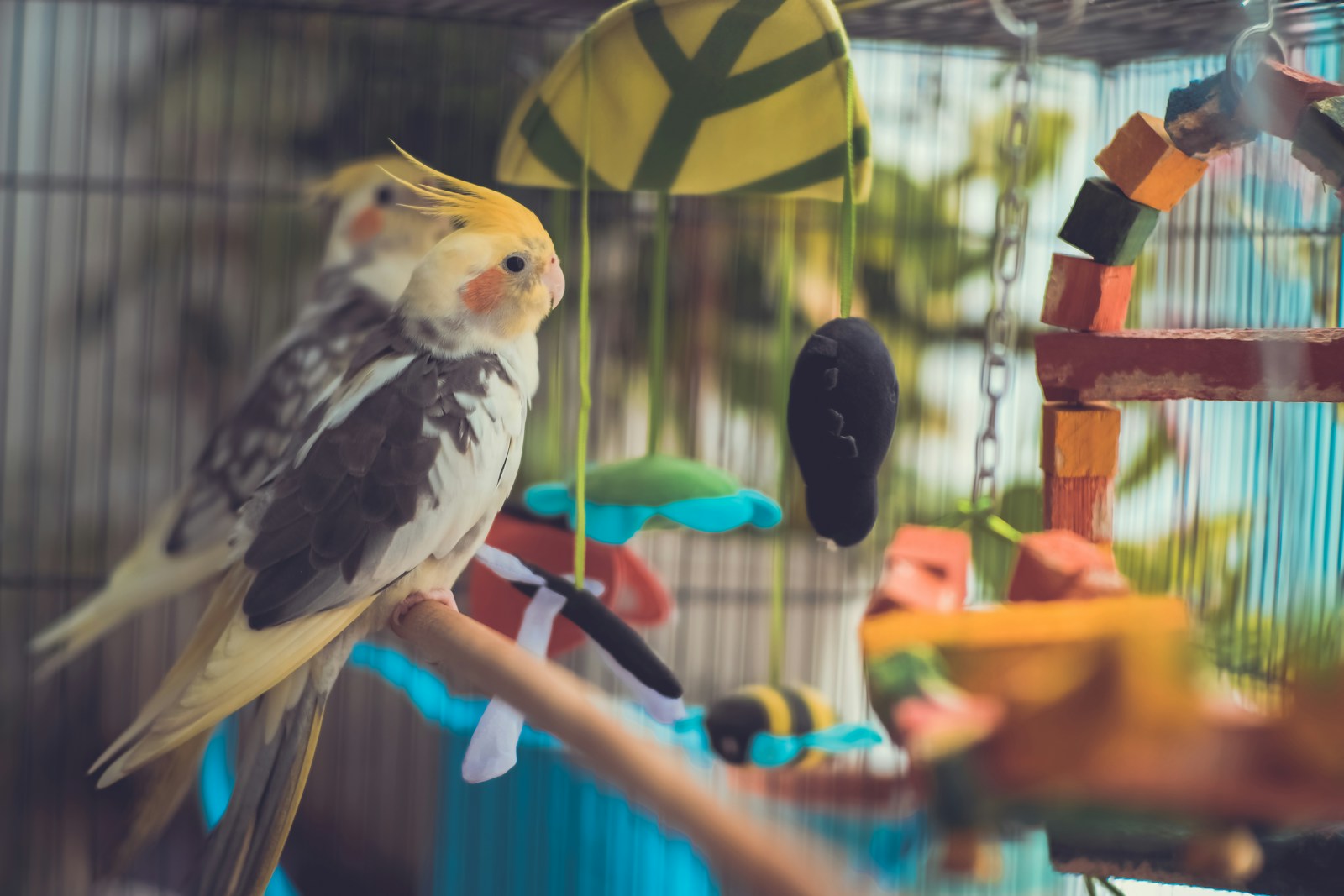
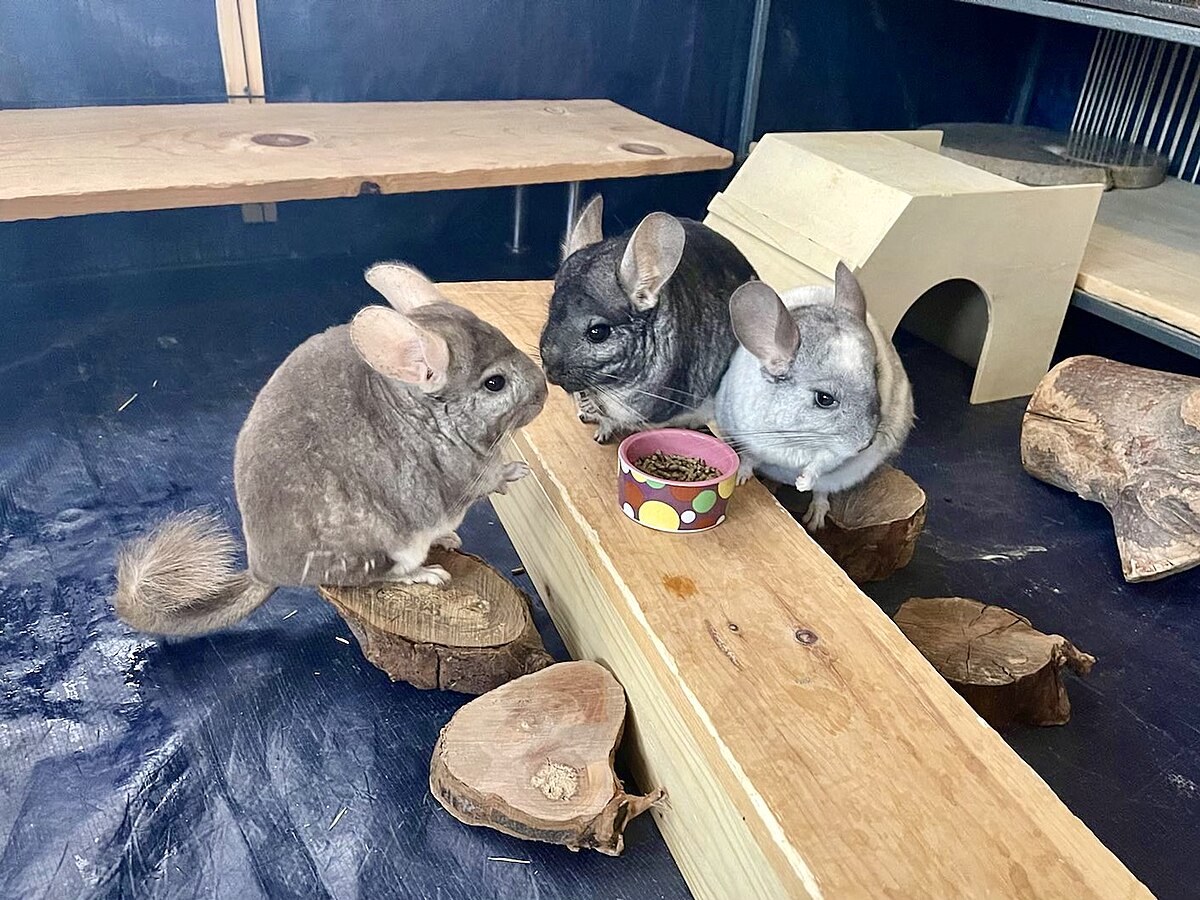
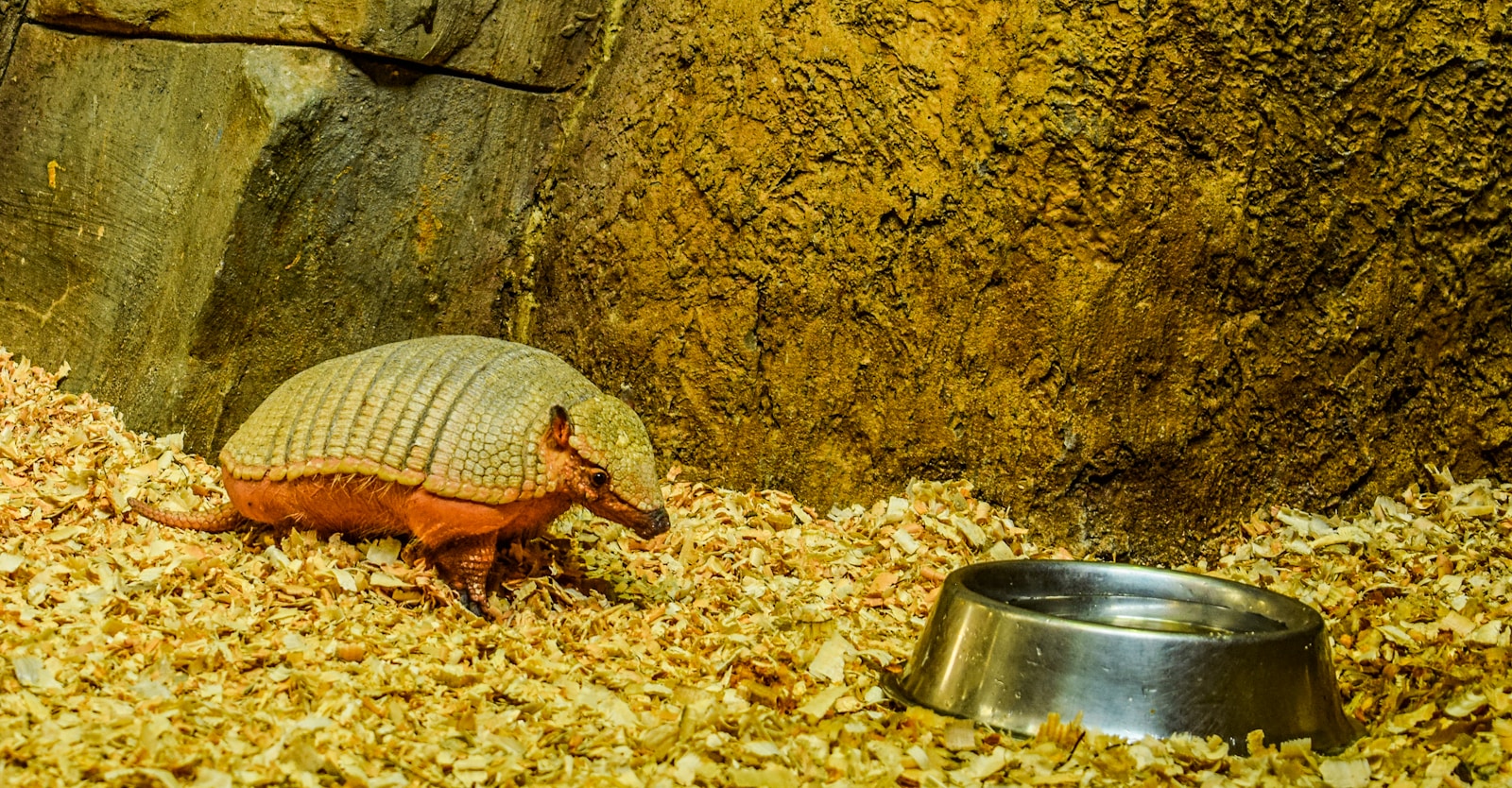
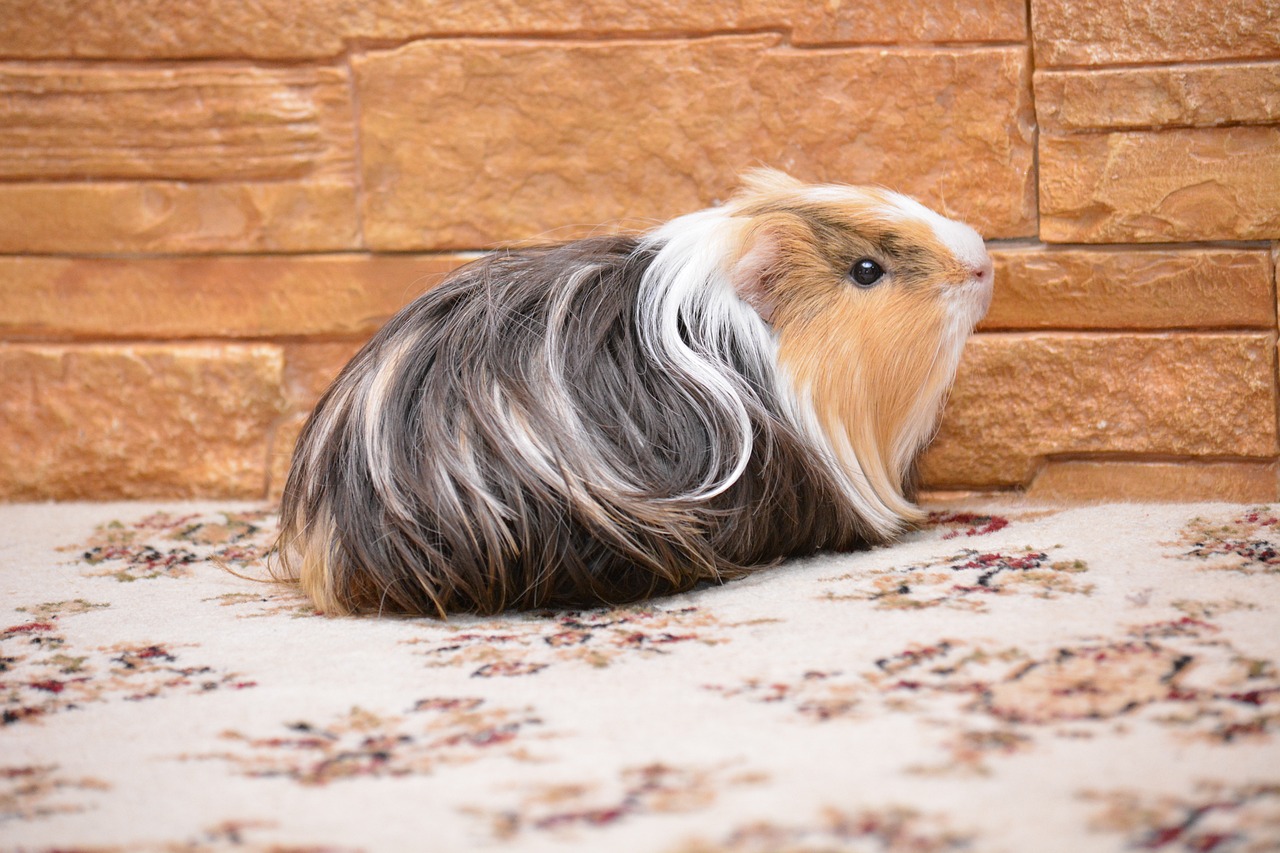
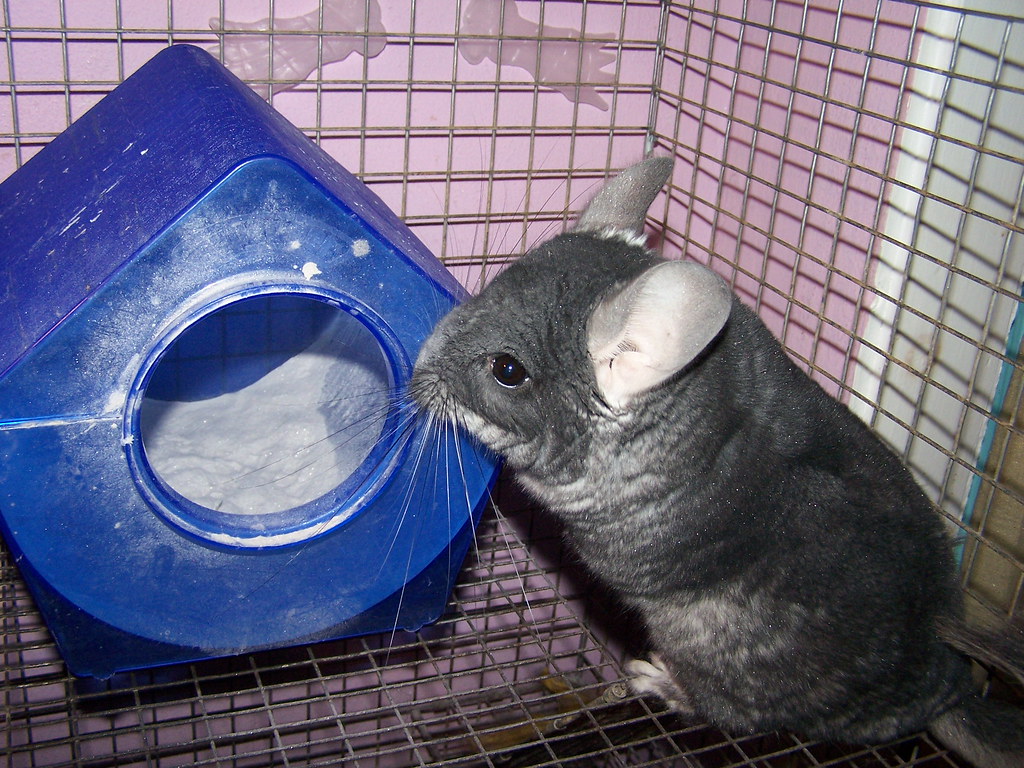




Leave a Reply